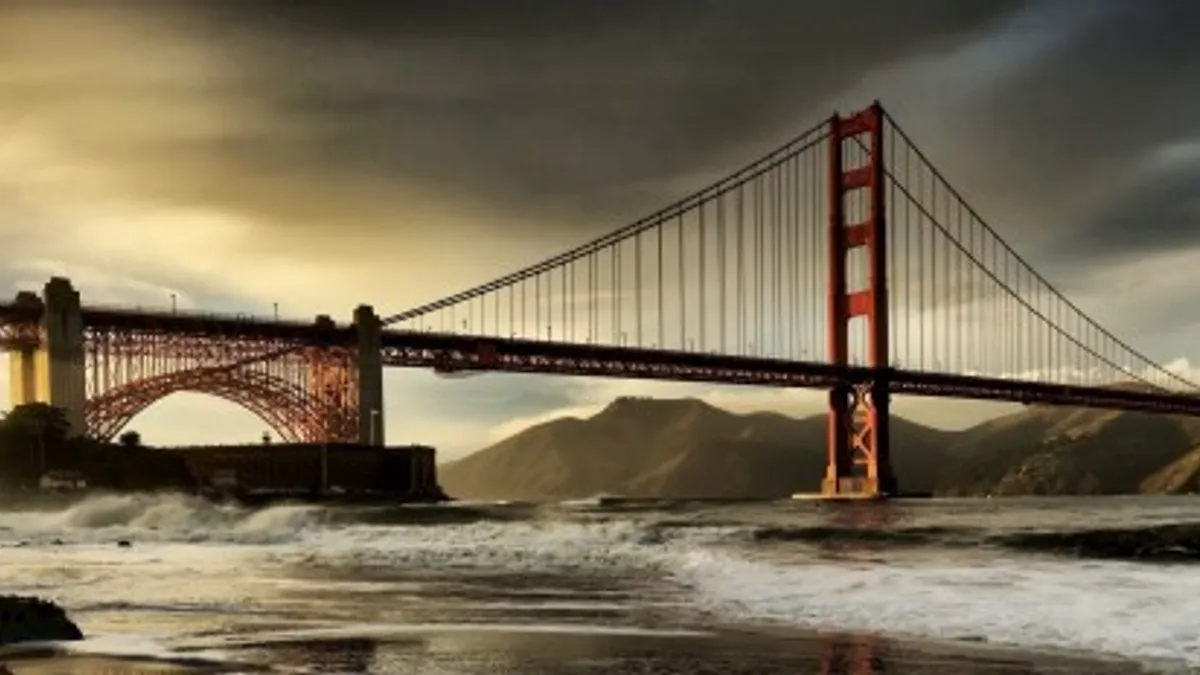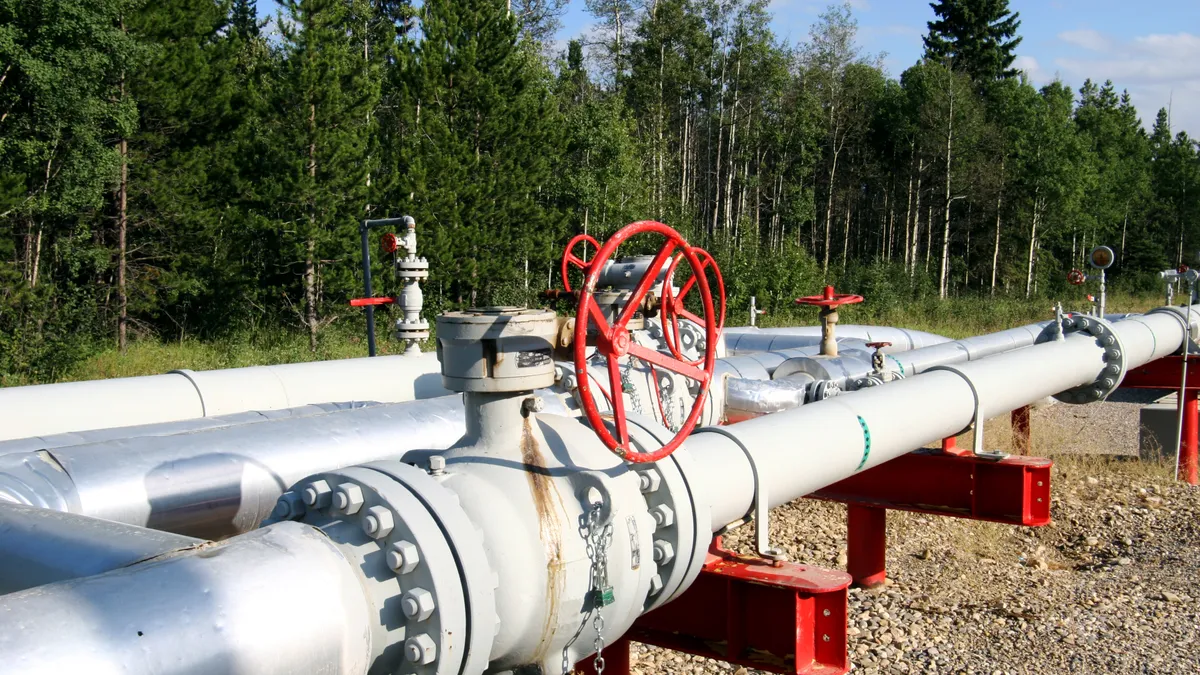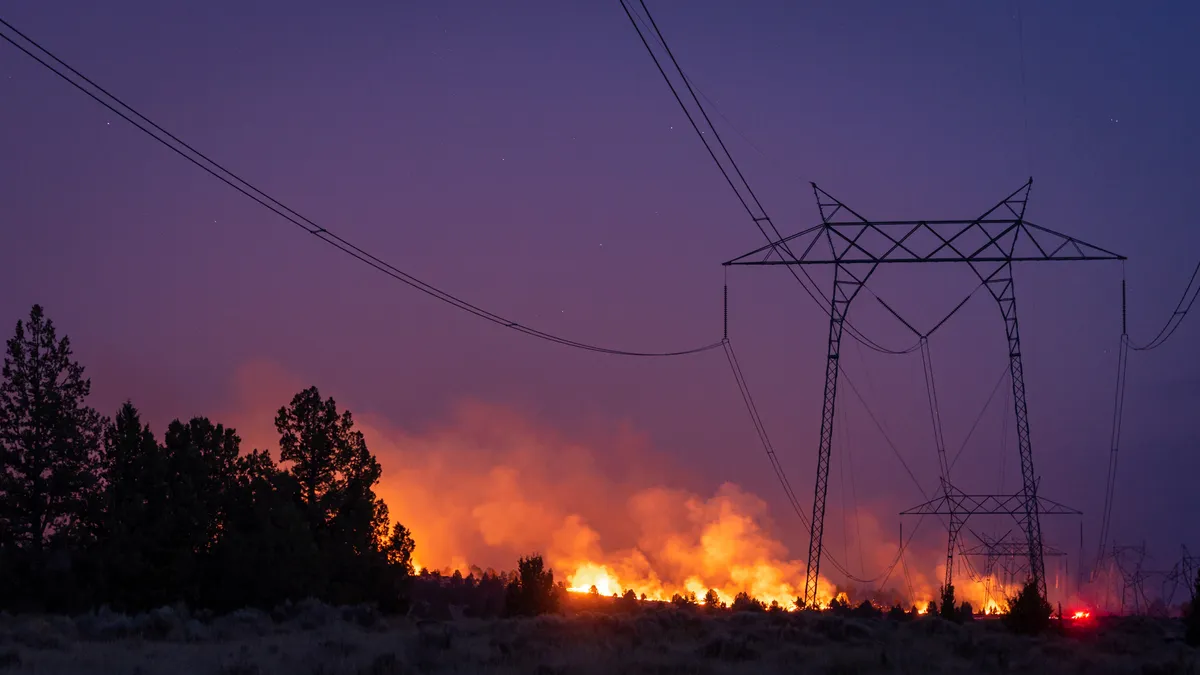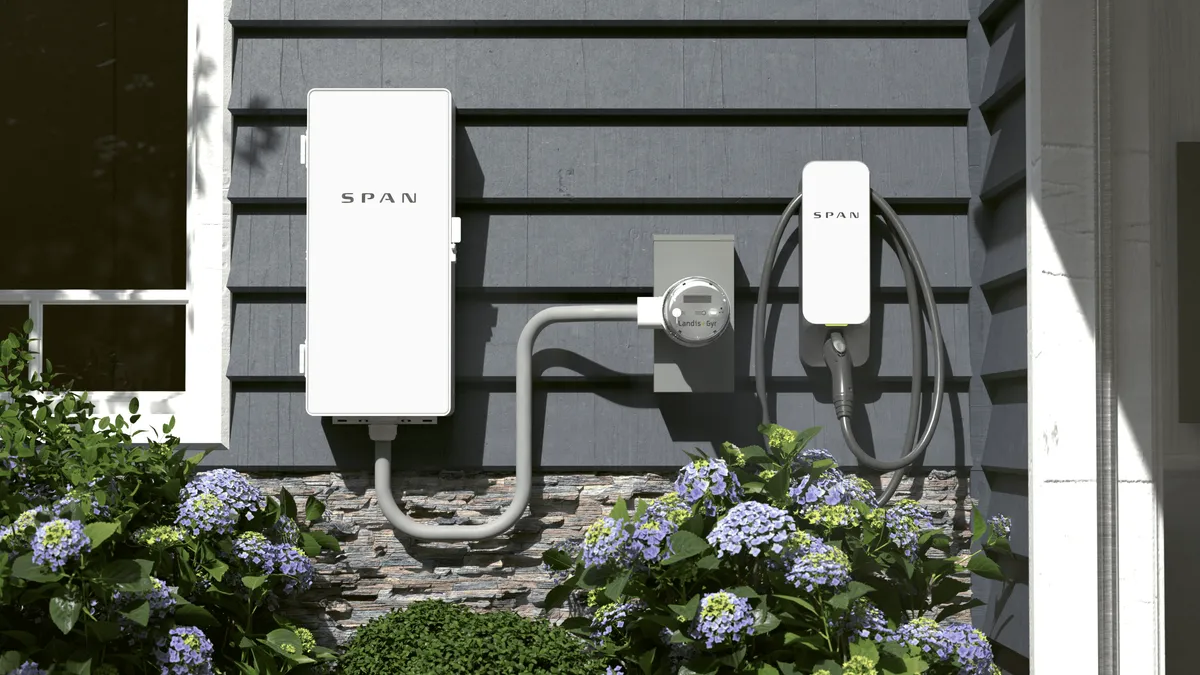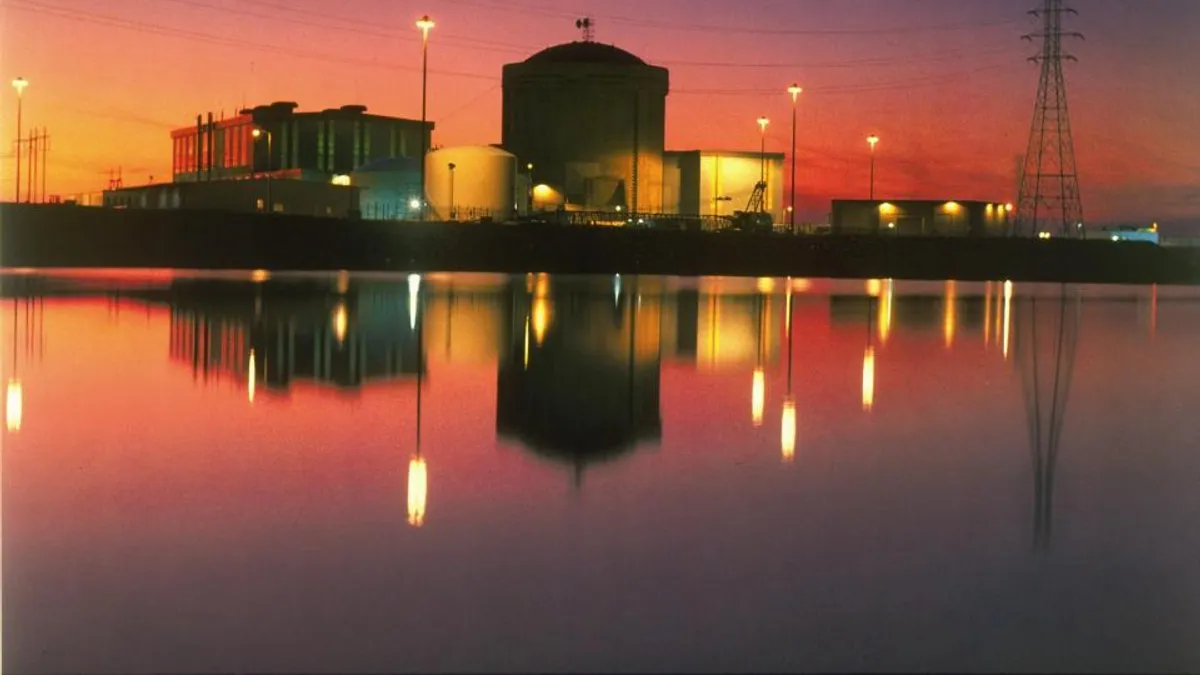The following is a contributed article by S&P Global Ratings director Gabe Grosberg.
Since California's most destructive wildfire, Camp Fire, burned out in November 2018, the fallout for California-based utilities has been clear. In January 2019, PG&E (and its subsidiary) filed for reorganization under Chapter 11 of the U.S. Bankruptcy Code. Pressure on the state's utilities isn't over, either. Given that the volume and severity of California's wildfires are expected to rise, the state's investor-owned utilities may see three distinct areas of rising risk, too: dampened investor confidence; weakened resilience to recover from future wildfires; and, ultimately, rating risks.
Against this backdrop, and with 2019's wildfire season approaching, are other California utilities at risk of transitioning from investment to speculative-grade, or becoming "fallen angels"? In our view, this is entirely possible without regulatory reform.
Under our methodology, investment-grade utility ratings require a regulatory framework that is transparent, consistent, predictable, and allows for timely cost recovery — factors that California's framework currently lacks. With time running out before the next wildfire season, if unaddressed, other electric utilities could follow PG&E into bankruptcy.
Utility or reinsurer?
These regulatory concerns are best understood by revisiting the details of PG&E's case. According to public disclosures by PG&E's board of directors, the bankruptcy arose in large part because of the possibly significant liabilities the company faces following the Camp Fire.
Compounding this issue, however, is underlying regulatory uncertainty: the possible liabilities PG&E faces will be a direct result of the California courts' interpretation of "inverse condemnation", a legal doctrine that has developed under the state's common law. In effect, it holds a utility strictly liable for damages arising from wildfires if its equipment is a substantial cause of the wildfire, regardless of the utility's negligence.
Herein lies a significant regulatory risk. This concept thereby transforms California's electric utilities into the state's reinsurer every time a wildfire destroys part of its service territory. For example, assume a wildfire caused by a California utility without negligence had total damages of $5 billion, which included damages to the utility's assets of just $100 million. The California utility could be liable for the entire amount of damages from the catastrophic fire, or as much as $5 billion.
This represents a new risk that was never envisioned when investor-owned utilities — which are neither diversified nor adequately capitalized enough to fulfill this role — were established.
More bankruptcies ahead?
In the absence of regulatory change, it's possible that another electric utility could face trouble during the 2019 wildfire season. And, depending on the magnitude and severity of the repercussions, the boards of other California utilities could file for voluntary bankruptcy before year-end 2019.
This concern has already produced material impacts on ratings: our initial reassessment following the Camp Fire led to a one-notch downgrade on January 21, 2019, on Edison International (BBB) and its subsidiary, Southern California Edison Co. (BBB), and a one-notch downgrade on San Diego Gas & Electric Co. (BBB+). This raises the possibility that our issuer credit ratings for all of California's investor-owned regulated electric utilities could be below investment grade before the start of the 2019 wildfire season.
From a ratings perspective, we would need to see clear evidence that concrete steps are being taken during this relatively short period to strengthen California's regulatory construct for electric utilities. Absent clear evidence of leadership to identify concrete and realistic steps to reduce wildfire liability risks, S&P Global Ratings would lower the ratings on Edison, SCE and SDG&E by one or more notches.
Yet all's not lost: though time is running out, there remains a window of opportunity to bring regulatory clarity to utilities before the wildfire season begins. Technological advances are helping, too. SDG&E has invested in hundreds of weather stations and fire cameras that have the capability to identify when specific areas could be most susceptible to a wildfire — making it one of the most sophisticated advanced wildfire warning systems in the world. The company's advance warning system has already prevented at least one wildfire that potentially could have been catastrophic.
Of course, no single response — regulatory or technological — will make utilities immune from wildfire risk. With regulatory constraints considered unclear, at best, the possibility remains that further rating transitions could follow this year.


